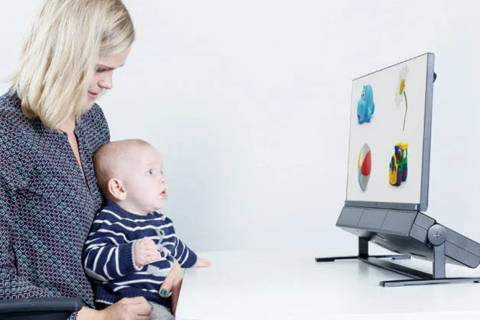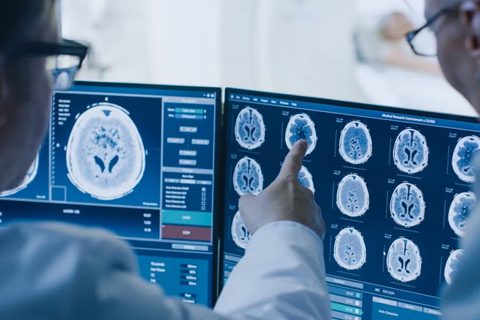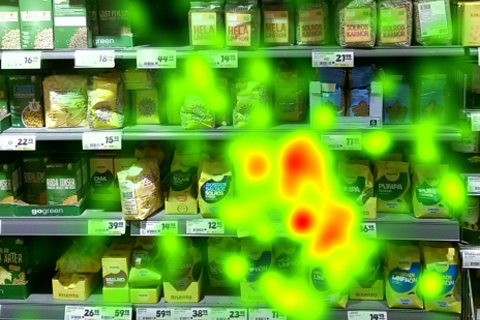Use eye tracking to deepen your understanding of human behaviour and create new frontiers in fields such as psychology and neuroscience, infant and child development, clinical research, and more.
Psychology & Neuroscience
Eye tracking is used in various psychology and neuroscience fields to understand how and why eye movements are made and how we gather information visually.
Eye tracking is used in these fields of research to understand the connection between what we see and how we react based on the information we process.
Infant and Child Research
Infant and child researchers use eye tracking to study perceptual, cognitive, and social emotional development from birth through early adulthood.
Human Factors and Engineering Research
Measuring human intuition, interaction, and improvements in design is key to understanding the human element when using and developing systems. Eye tracking helps us to see how the human is engaging with each system, machine and process.
Clinical & Medical Research
Researchers are seeking to find meaningful analysis of eye movement information to accurately identify and treat ocular disease and disorders such as autism, ADHD, Parkinson's disease and more.
Education
Eye tracking is used in studies to examine education and learning processes. In addition, classrooms and labs are being equipped with this technology in order to teach tomorrow's workforce how to employ eye tracking in different fields.
Reading and Language Research
The study of eye movements in reading has been widely investigated for more than a century to provide insights into how people gather information. Eye tracking has become an established tool to objectively measure human language processing with important applications in linguistics and education research.
Marketing and Consumer Research
Eye tracking is one of the most efficient techniques to capture cognitive data. This methodology is being applied in a wide range of academic research seeking to understand how consumers view, process and respond to messaging, retail environments, and various media channels and devices.
Eye Tracking for Cognitive Workload
The eye tracker delivers a deep understanding of the behavioral patterns of individuals while performing an activity. If this data gets combined with cognitive workload findings, it aids the measuring of mental efforts generated when the task is performed. In simple terms, cognitive load is the extent of working memory being used for human brains.
Heat Maps & Gaze Plots
These are the small plots displaying the order and conducive time taken to browse, could be an audio-visual display or any print material or any website. The principal function of a gaze plot is to educate about the time sequence of viewing or where and when we stare.







